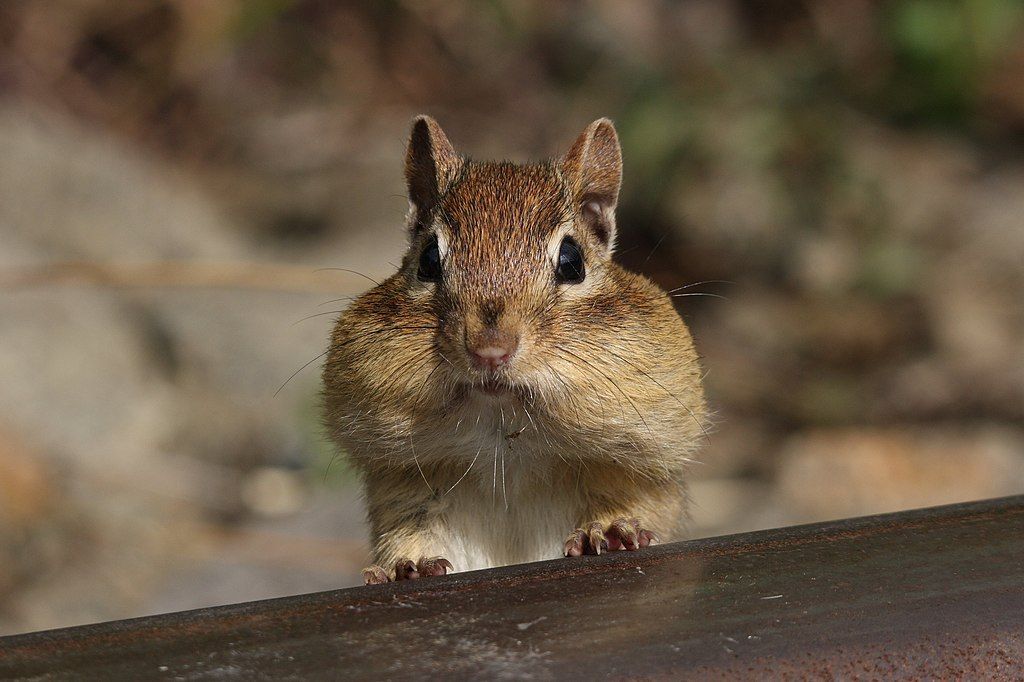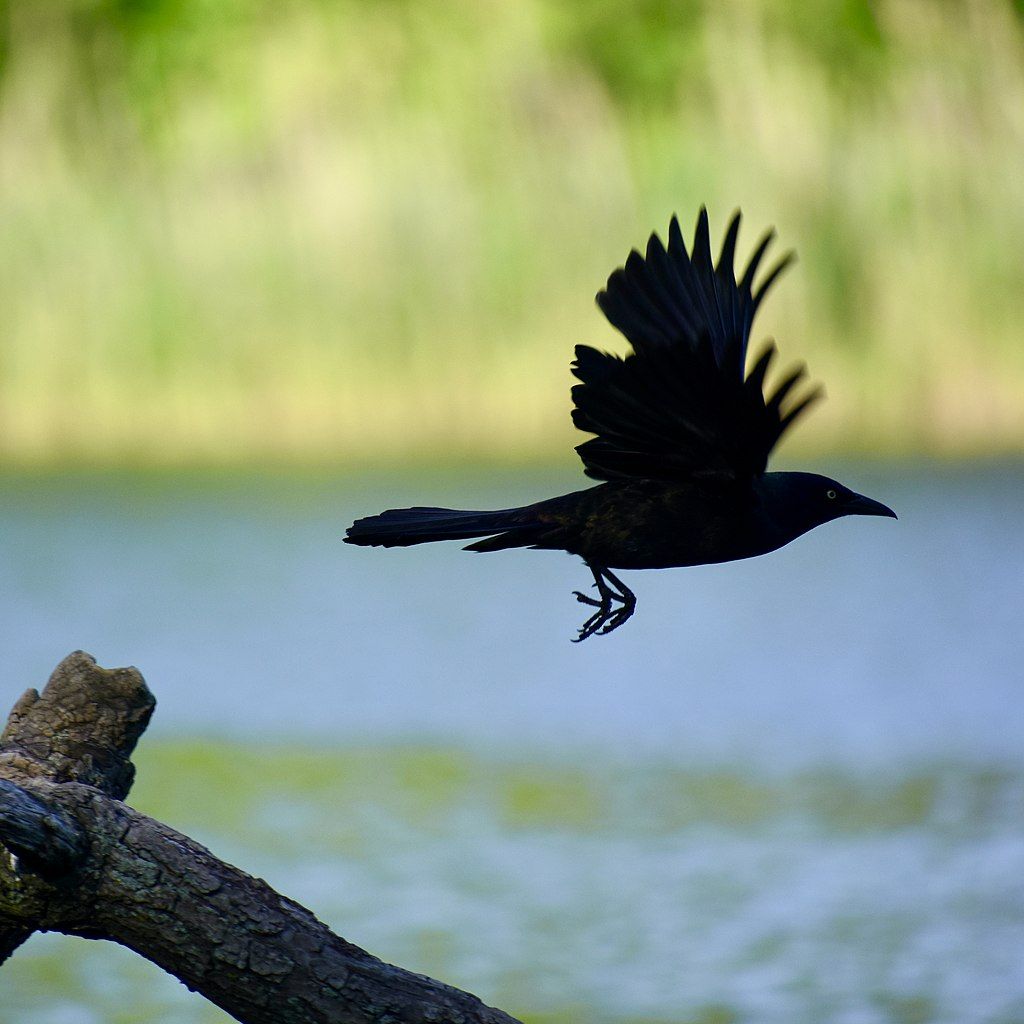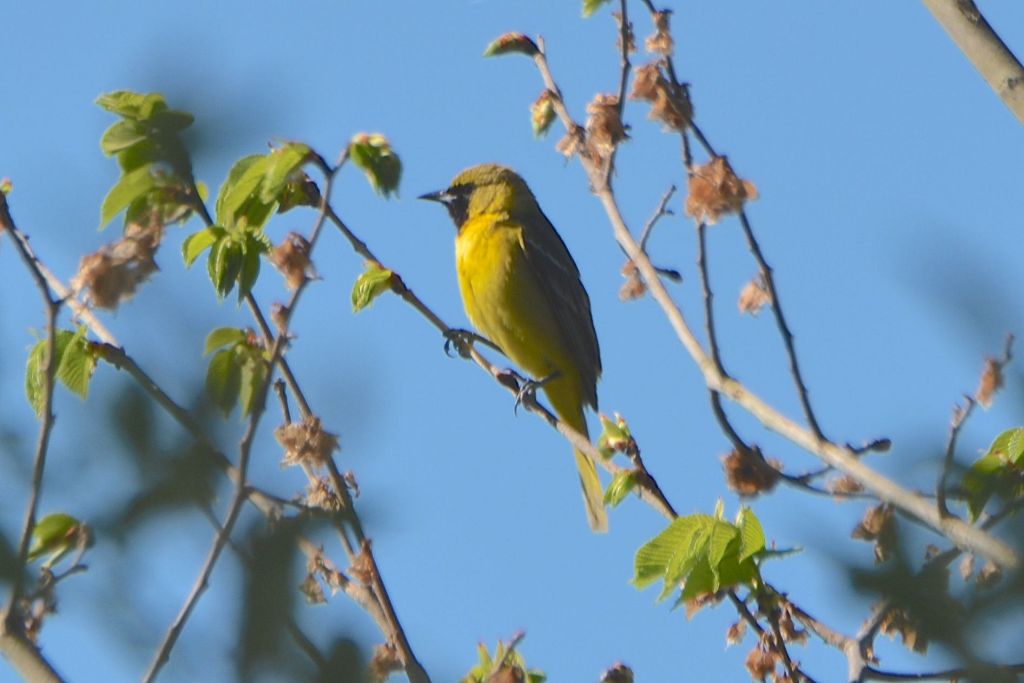28 April 2024
Now that the breeding season is here the air is filled with birdsong from dawn to dusk. Birds sing to claim territory and attract a mate, but they also appear to sing for the joy of joining others in song. Is the dawn chorus actually a community performance?
In the 1920s British cellist Beatrice Harrison discovered that when she played her cello in the garden the birds responded, approached, and sang along.
Europe’s great songster, the common nightingale, was especially drawn to join her performance. (Click here for the nightingale’s song.)

In 1924 the BBC recorded her playing in the garden with a nightingale joining in.
Fast forward to modern times. Two decades ago in Chicago, musician Lisa Rest lived in a third floor apartment whose windows were level with the tree canopy. On warm days she played her piano with the window open and eventually noticed that birds approached her window and sang while she was practicing.
Because Lisa has perfect pitch she could tell the birds were singing in key with her music. Soon she became interested in birds, continued playing music with them, and started a blog named Goldbird Variations. The birds were especially drawn when she played Bach’s Goldberg Variations.
Read how her journey began at her blog post below or click here to listen to Aria to the Goldberg by Lisa Rest in which she’s accompanied by house sparrow, house finch, white-throated sparrow and northern cardinal.
Nowadays Lisa Rest often goes birding and blogs about birds and the changing seasons. Catch up with her at Goldbird Variations (https://musicbirdblog.com/).
For more information about Beatrice Harrison and the nightingales see The Cello and Nightingale Sessions at publicradio.org.
(credits are in the captions)




















